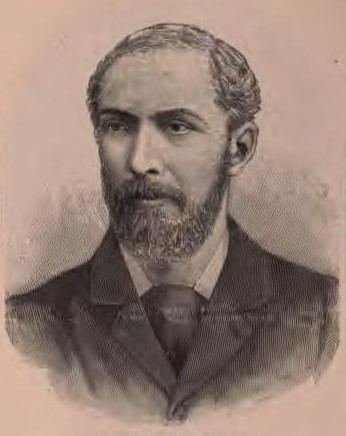Number of members Two | Number of members One Type of constituency County constituency | |
 | ||
East Somerset was the name of a parliamentary constituency in Somerset, represented in the House of Commons of the Parliament of the United Kingdom between 1832 and 1918.
Contents
From 1832 to 1885, it returned two Members of Parliament (MPs), elected by the bloc vote system of election. From 1885 to 1918, a different constituency of the same name returned one MP, elected by the first past the post voting system.
Boundaries
1885-1918: The Sessional Divisions of Somerton and Wincanton, and part of the Sessional Divisions of Shepton Mallet and Wells.
1832–1868
The constituency, formally called The Eastern Division of Somerset, was created for the 1832 general election, when the former Somerset constituency was divided into new East and West divisions. It also absorbed the voters from the abolished borough of Milborne Port. The constituency might have been better described as North-Eastern Somerset, since its limits stopped well short of the southern extremities of the county. It surrounded the cities of Bath and Wells (although both were boroughs electing MPs in their own right, freeholders within these boroughs who met the property-owning qualifications for the county franchise could vote in East Somerset as well, as could those in Frome); other towns in the division were Glastonbury, Burnham-on-Sea, Clevedon, Keynsham, Midsomer Norton, Portishead, Radstock, Shepton Mallet, Somerton and Weston-super-Mare.
1868–1885
The Second Reform Act brought about significant boundary changes, which came into effect at the 1868 general election, as Somerset was given a third county constituency. The southern end of East Somerset (including Glastonbury, Radstock, Shepton Mallet and Somerton as well as the area round Frome and Wells) was moved into the new Mid Somerset division. The revised East Somerset constituency was now defined as consisting of the Long Ashton, Axbridge, Keynsham, Temple Cloud and Weston Petty Sessional Divisions.
1885–1918
At the 1885 general election, there were further radical boundary changes, Somerset's three two-member county divisions together with one abolished borough being reorganised into seven single-member county constituencies. One of these took the name of Eastern Somerset, but this included none of the voters from the 1867-85 East Somerset constituency, who were divided between the new Frome, Northern Somerset and Wells divisions.
The new Eastern division was carved out of the previous Mid Somerset division, with Shepton Mallet being its largest town; it also included Somerton, Street and Wincanton. This was a predominantly rural constituency, though with some industry in the towns (notably brewing and bootmaking), and a strong Nonconformist religious tradition. It would probably have been a safe Liberal seat, but when its sitting Liberal MP joined the Liberal Unionists when the party split in 1886, he had no difficulty holding his seat until he retired.
Abolition
The constituency was abolished for the 1918 general election, when Somerset's number of county members was reduced by one. It was mostly replaced by the revised Wells county constituency, but the town of Somerton was transferred to Yeovil.
MPs 1832–1885
Notes
1 Miles was created a Baronet in 1859.
Elections in the 1910s
General Election 1914/15:
Another General Election was required to take place before the end of 1915. The political parties had been making preparations for an election to take place and by July 1914, the following candidates had been selected;
